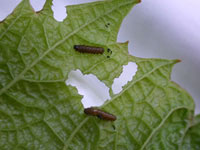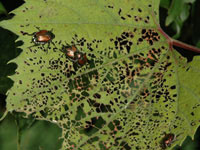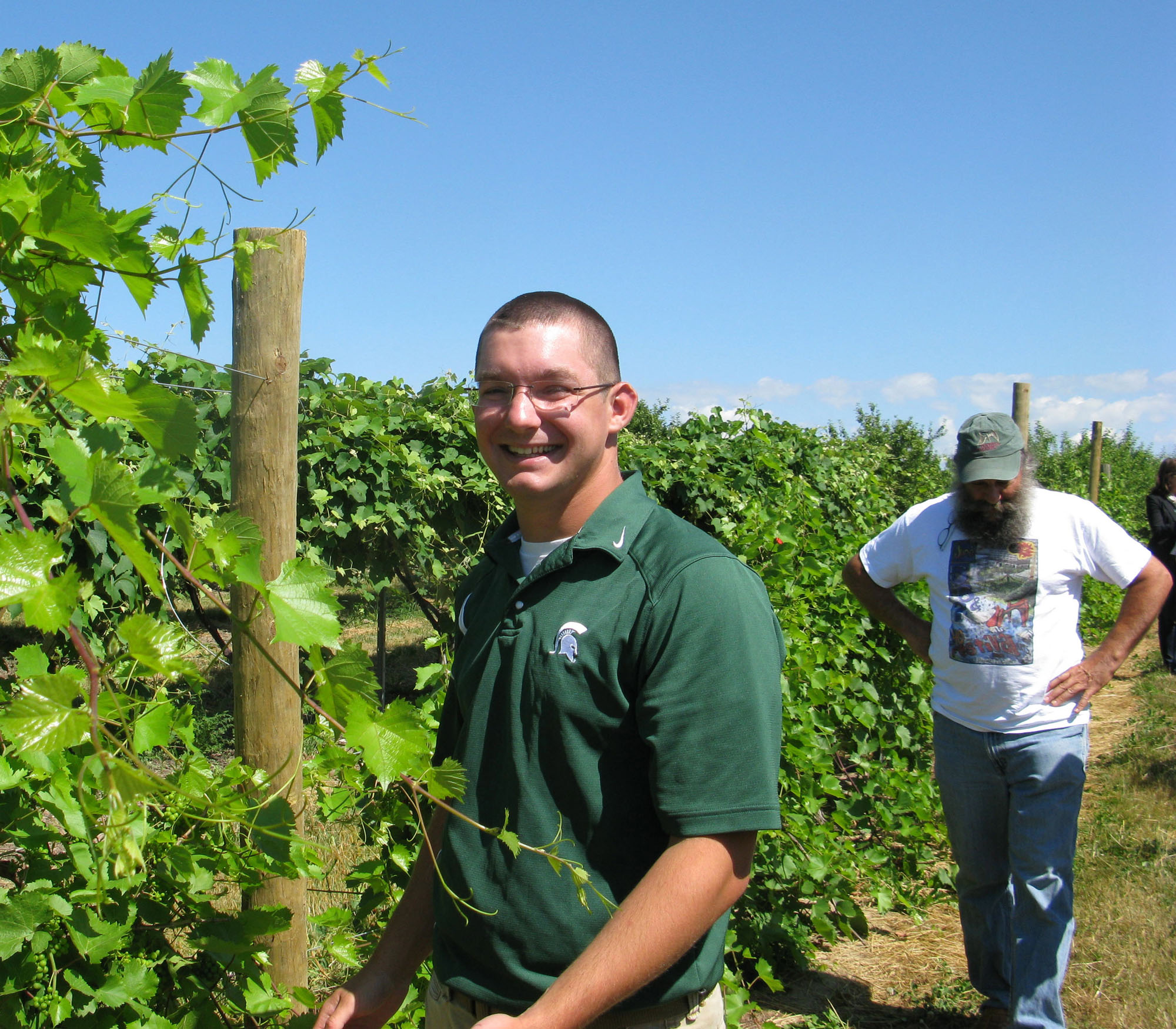How to Get Pesticide Certified
For many of us working in the field of viticulture, applying pesticides to grapes is a necessity. Pesticide application is a useful skill, and one that involves education combined with hands-on experience to learn. However, navigating the path to getting certified can be confusing.
Let’s start with the basics. Certification by your state government is required to apply many commonly used pesticides. There are two types of certifications: private applicator and commercial applicator. I recently became certified as a private applicator and wanted to share the experience for others who wish to do the same.
Finding information on where to go to take the exam and how to prepare for it took a little bit of research. Fortunately, I have resources from Michigan State University (MSU) that helped me accomplish my task.
As a graduate of MSU’s viticulture program, I receive weekly updates from the College of Agriculture that provide useful information about upcoming classes and seminars. The updates are posted online at the University’s website: AgBioResearch. If you don’t live in Michigan, check the website for a major university in your area with an agricultural school.
I also visited the website for the Northwest Michigan Horticulture Research Center located in Traverse City. There was information on this website about taking both the private and the commercial applicator exam. There was also a link to the University’s online bookstore where the National Pesticide Applicator Certification Core Manual can be purchased. I bought the book on line. With a new $30 expense on my VISA card, it was time to register for the exam.
Through the University websites, I found a four-hour review session taking place right before the test. The review session and the test were both held at the Research Center, but registration for the test and the class is handled separately.
The registration form and payment for the review session was located on the Research Center’s website. After completing this stage, and once again another $30 poorer, I realized that I had to be signed up for the exam as well.
So I called the Research Center and inquired about the exam. I was told to go to the state of Michigan’s website, www.michigan.gov. After opening their homepage, I entered ‘pesticide applicator exam” in their search engine and was finally taken to the exam registration. On the exam registration site, there is a map of Michigan where applicants can click on exams locations near them. Each county has a list of exam dates and the location of where the test takes place. After selecting the date, I entered my name and e-mail address and I was registered for that date.
When exam day arrived, I reported to a classroom with the other applicants and spent the first four hours of the day preparing for the test. The review covered all twelve chapters of the Core Manual.
Our instructor, John Stone, is the coordinator for the MSU Pesticide Safety Education Program. According to Stone, the Core Manual was originally written to be used nationwide. He says that the Manual was released in 2007 and is now used by as many as 20 states, with other states opting for a different text book.
The Core Manual is the same for both the private applicator and the commercial applicator exam, but there are two different books that accompany the Manual. The first is an addendum for the private applicator and the second is an addendum for the commercial applicator. The difference between the two has to do primarily with differences in sprayer calibrations.
Many of the people attending the review session were farmers who are already certified. One important fact to note is that once you are certified, you can attend meetings, seminars, or review sessions, such as the one I attended, for recertification credits.
If you earn enough recertification credits, then you don’t have to take the exam again when your certification expires after three years. For private applicators in Michigan, 16 credits are required for recertification. For commercial applicators, 8 core credits are required in addition to 8 credits in each specific category for which they are certified. For the session I attended, four recertification credits were given to those who were already certified.
After the review was done, it was exam time. I wrote a $50 check to the State of Michigan for a grand total expense of $11o. In return, I was given an answer sheet and the test questions.
The exam is multiple choice. Silence filled the classroom as we colored in the blank circles with our number two pencils. The early finishers approached the table with the grading machine and fed their scantron sheets in. The test results are instant, letting you know if you pass or fail. It seemed like everyone before me was passing since I didn’t hear any discussions about coming back for a retest.
When I was finished with my exam, it was time for the moment of truth. I nervously approached the machine. Would all of my studying for weeks leading up to the test pay off, or would I have to study more and pay for another test? Would I be the lonely rube destined to repeat the exam? My heart pounding, I waited for the test to come out the other end of the machine. When it did, I was relieved to have passed.
I personally am glad I attended the recommended review session for the exam. It was well worth the cost and offered the opportunity to talk with other people in local agriculture. The exam itself wasn’t as bad as I originally thought it would be. Now that I am certified, it’s time to move on to the next step: hands-on experience.





